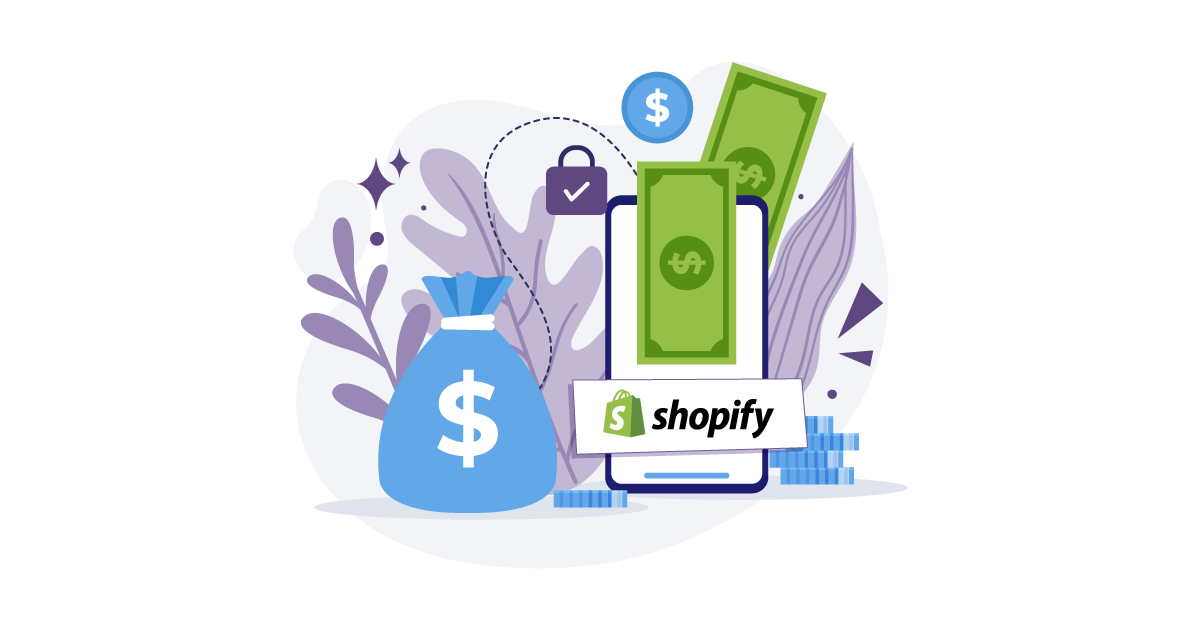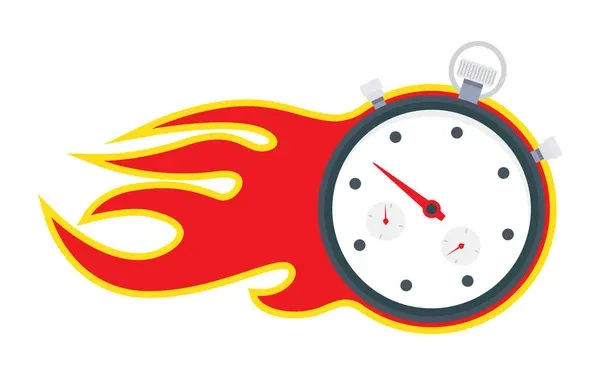How To Improve SEO On Shopify
Explore keyword research, content creation, on-page optimization, and technical SEO to drive more organic traffic and boost your online presence.

Welcome to the world of optimizing your Shopify store's blog for search engines! In today's digital age, having a great product or service is only part of the equation. To truly succeed online, you need to make sure that your target audience can find you. That's where SEO, or Search Engine Optimization, comes in.
SEO is the process of improving your website's visibility on search engine results pages (SERPs) including google search console account. When done right, it can help drive more organic (unpaid) traffic to your site, increase your brand's visibility, and ultimately, boost your sales.
If you're using Shopify to power your online store, you're in luck! Shopify provides a solid foundation for building an SEO-friendly website. However, there are still plenty of steps you can take to optimize your Shopify store's blog specifically, and that's exactly what we'll be exploring in this guide.
From keyword research to content creation and technical optimization, we'll cover everything you need to know to improve your blog's SEO and attract more visitors. So, let's dive in and start maximizing your Shopify store's potential in the digital marketplace!
Keyword Research:
Before you start crafting blog posts for your Shopify store, it's crucial to understand what your potential customers are searching for. This process is known as keyword research, and it forms the foundation of your SEO strategy.
Keywords are the words or phrases that people type into search engines when looking for information, products, or services. By targeting the right keywords, you can ensure that your blog posts are visible to your target audience.
To begin your keyword research, you can use tools like Google Keyword Planner, google analytics, SEMrush, or Ahrefs. These tools provide valuable insights into search volume, competition, and related keywords.
Start by brainstorming a list of topics and terms related to your niche or industry. Then, use keyword research tools to expand your list and identify high-potential keywords. Look for keywords with a decent search volume and manageable competition. These are the terms that you'll want to target in your blog posts to attract relevant traffic to your Shopify store.
Remember, keyword research is an ongoing process. Keep refining your list of keywords based on changes in search trends and your own performance metrics. By staying proactive with your keyword research, you can ensure that your blog remains optimized for search results on other search engines and continues to attract your target audience.
Content Creation:
High-quality content is the backbone of any successful SEO strategy. By creating valuable and engaging content, you not only provide value to your audience but also attract more visitors to your Shopify store and improve your search engine rankings.
Here's how you can leverage content creation to boost your SEO efforts:
- Blog Posts: Start by creating blog posts that address topics relevant to your target audience. Consider their pain points, interests, and questions they may have related to your products or industry. Aim to provide informative and valuable content that solves their problems or satisfies their curiosity.
- Keyword Optimization: Incorporate your target keywords naturally throughout your blog posts. Use them in your titles, headings, body text, and image alt tags. However, avoid keyword stuffing, as this can harm your SEO efforts and make your content appear spammy.
- Quality over Quantity: Focus on creating high-quality content that provides real value to your audience. Instead of churning out blog posts for the sake of it, take the time to research your topics thoroughly and provide in-depth insights and analysis.
By consistently creating high-quality, keyword-optimized content, you can attract more organic traffic to your Shopify store, establish yourself as an authority in your niche, and ultimately drive more sales and conversions. Keep your audience's needs and interests top of mind, and you'll be well on your way to SEO success.
On-Page Optimization:
Once you've identified the keywords you want to target, and the content, it's time to optimize your blog posts for those keywords. This process, known as on-page optimization, involves making strategic changes to your blog content to improve its visibility on search engine results pages (SERPs).
Here are some key aspects of on-page optimization:
- Titles and Headings: Your blog post titles and headings should accurately reflect the content of your post and include your target keywords. This helps search engines understand what your post is about and improves its chances of ranking for relevant searches.
- Meta Descriptions: Meta descriptions are short summaries of your blog posts that appear in search engine results. Including your target keywords in your meta descriptions can help improve click-through rates and attract more visitors to your blog.
- URL Structure: Your blog post URLs should be descriptive and include your target keywords. Avoid using long, complex URLs with unnecessary characters or numbers.
- Content Optimization: Incorporate your target keywords naturally throughout your blog posts, including in the body text, subheadings, and image alt tags. However, avoid keyword stuffing, as this can harm your SEO efforts.
- Internal Linking: Link to other relevant pages or blog posts on your Shopify store within your blog content. This not only helps users navigate your site more easily but also distributes link equity and improves your site's overall SEO.
By optimizing your blog posts for relevant keywords and following on-page optimization best practices, you can improve your chances of ranking higher in search engine results and attracting more organic traffic to your Shopify store.
Technical SEO:
While on-page optimization focuses on the content of your blog posts, technical SEO deals with the behind-the-scenes aspects of your Shopify store that can impact its search engine visibility. By ensuring that your website is technically sound, you can improve its performance and make it easier for search engines to crawl and index your content.
Here are some key aspects of technical SEO for your Shopify store:
- Website Speed: Page speed is a crucial factor in both user experience and search engine rankings
- Mobile-Friendliness: With the majority of internet users now accessing websites on mobile devices, it's essential that your Shopify store is mobile-friendly.
- Site Structure: A well-organized site structure not only helps users navigate your website more easily but also makes it easier for search engines to understand the hierarchy of your content
- Crawlability and Indexing: Ensure that search engines can crawl and index your website's pages effectively.
- SSL Certificate: Secure Sockets Layer (SSL) certificates encrypt data transmitted between your website and its visitors, providing a secure browsing experience
As we've explored various shopify SEO strategies in this blog, from content creation to keyword research and on-page optimization, it's evident that optimizing your Shopify store for search engines requires time, effort, and expertise. However, managing all these tasks manually can be incredibly challenging, especially for busy entrepreneurs juggling multiple responsibilities.
Fortunately, there's a solution: SEOPro. This powerful Shopify App serves as your all-in-one SEO companion, simplifying the process of optimizing your store's content and addressing critical SEO issues. Let's delve into how SEOPro can revolutionize your SEO efforts and elevate your ecommerce site or Shopify store to new heights.
Key Features of SEOPro:
- Streamlined SEO Issue Detection: SEOPro's advanced algorithms scan your Shopify store for SEO issues, from missing alt text to incomplete meta descriptions. With its intuitive interface, identifying and rectifying these issues becomes a seamless process.
- Guided Optimization with Live Recommendations: Say goodbye to guesswork with SEOPro's live SEO recommendations. Whether you're optimizing product descriptions or fine-tuning meta tags, SEOPro provides actionable suggestions every step of the way, ensuring that your content is fully optimized for search engines.
- Efficient Bulk Optimization: Managing SEO across multiple pages can be daunting, but with SEOPro's bulk optimization tool, it's a breeze. Update alt text, page titles, meta descriptions, and product URLs across your entire store with just a few clicks, saving you time and effort.
In a competitive online landscape, SEO is key to standing out and reaching your target audience. With SEOPro, you have a powerful ally that simplifies the complexities of SEO and empowers you to optimize your Shopify store with ease. Say goodbye to manual SEO tasks and hello to streamlined processes and tangible results with SEOPro.





